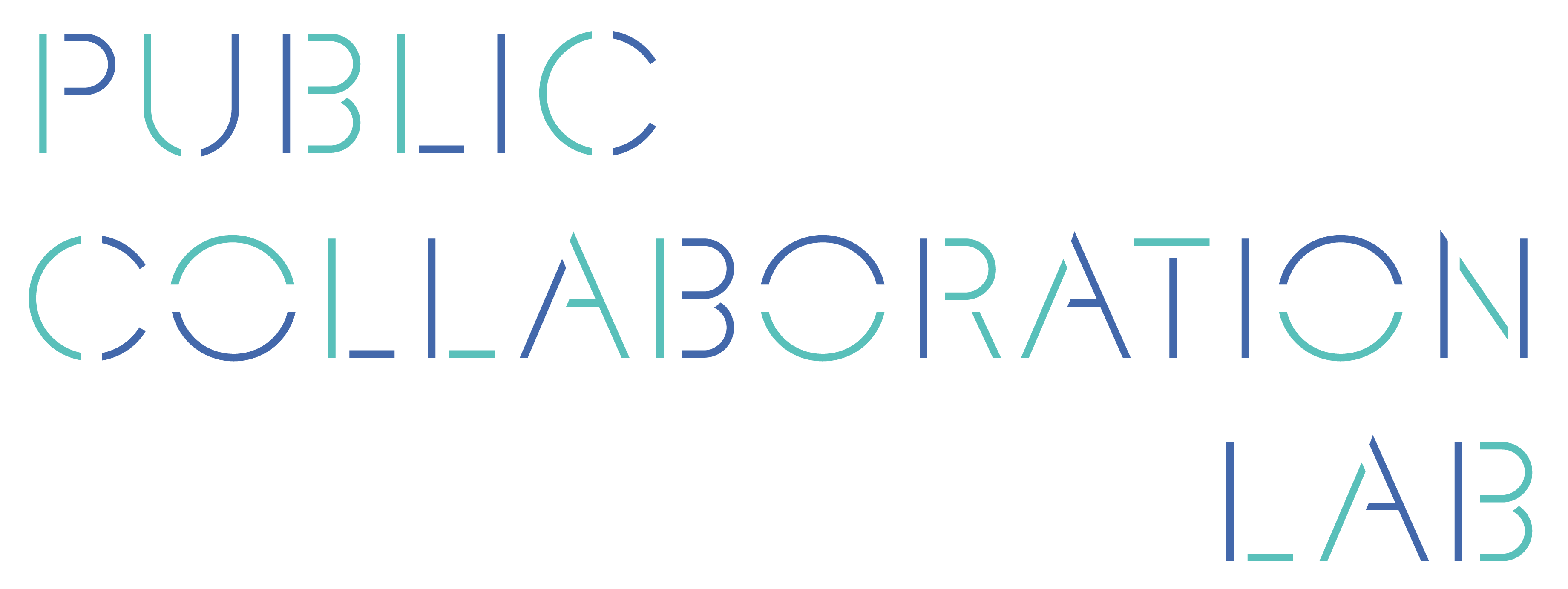Beginning with a story about how a simple change in type size on a commonly used form led to two major wars and a world wide economic crisis, and ending with the metaphor of blind men describing an elephant, the Service Design in Government conference was really interesting.
Dana Chisnell from the Center for Civic Design in the US started the day with the first keynote about how design affects world peace, with the example of usability testing on American ballot designs. It was only after the 2000 American election with the ‘hanging chad’ issue that the State Department realised user testing on ballot papers would be useful. Lawsuits, economic meltdowns and IT disasters all kick start governments to look at design. Dana closed with ‘ultimately citizens will be better off because design is present’.
My main objective for attending the conference was to learn more about systems thinking, particularly in the context of design and local government. Storytelling and Design as a Tool for Systems Leaders was a mini-workshop facilitated by two collaborators; Jonny Mallinson form the Innovation Unit and Kristian Tomblin, a healthcare commissioner from Devon County Council (DCC). They collaborated on using storytelling to transform the service provision for people affected by domestic and sexual violence and abuse.
The last presentation of the day was on system thinking, given by Benjamin Taylor from the RedQuadrant consultancy. RedQuadrant work at the service end, to change public service delivery, they don’t work in digital, “I don’t think many people are doing service design in services, but in digital services”.
For Benjamin, a good way into systems thinking is American organisational theorist Russell Ackoff’s car analogy – if you take the best parts of the best cars and put them together, you don’t get the best car in the world, the parts have to be able to work together and to view the organisation as a technical problem. A whirlwind, informative tour of systems thinking, organisations and government followed.

